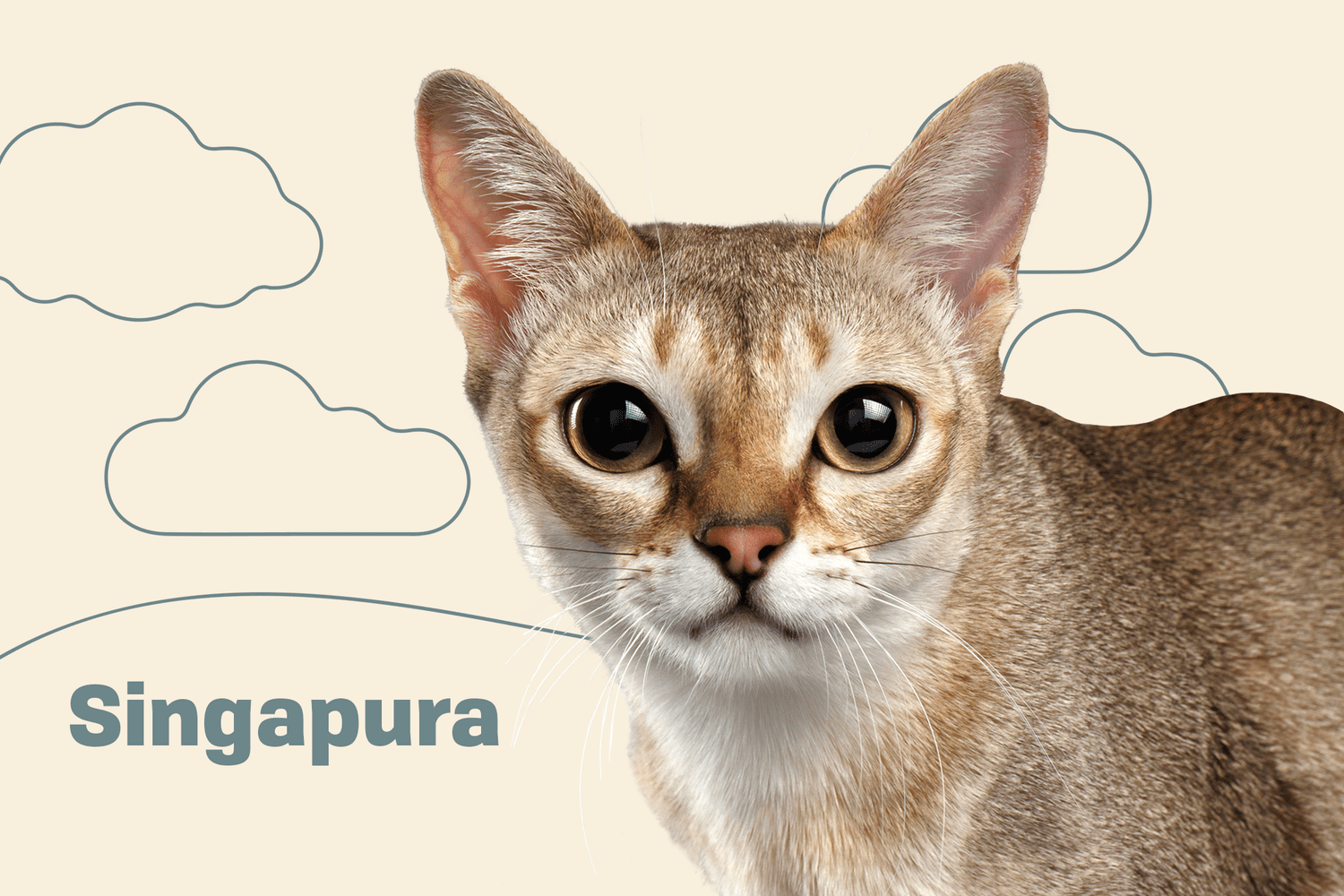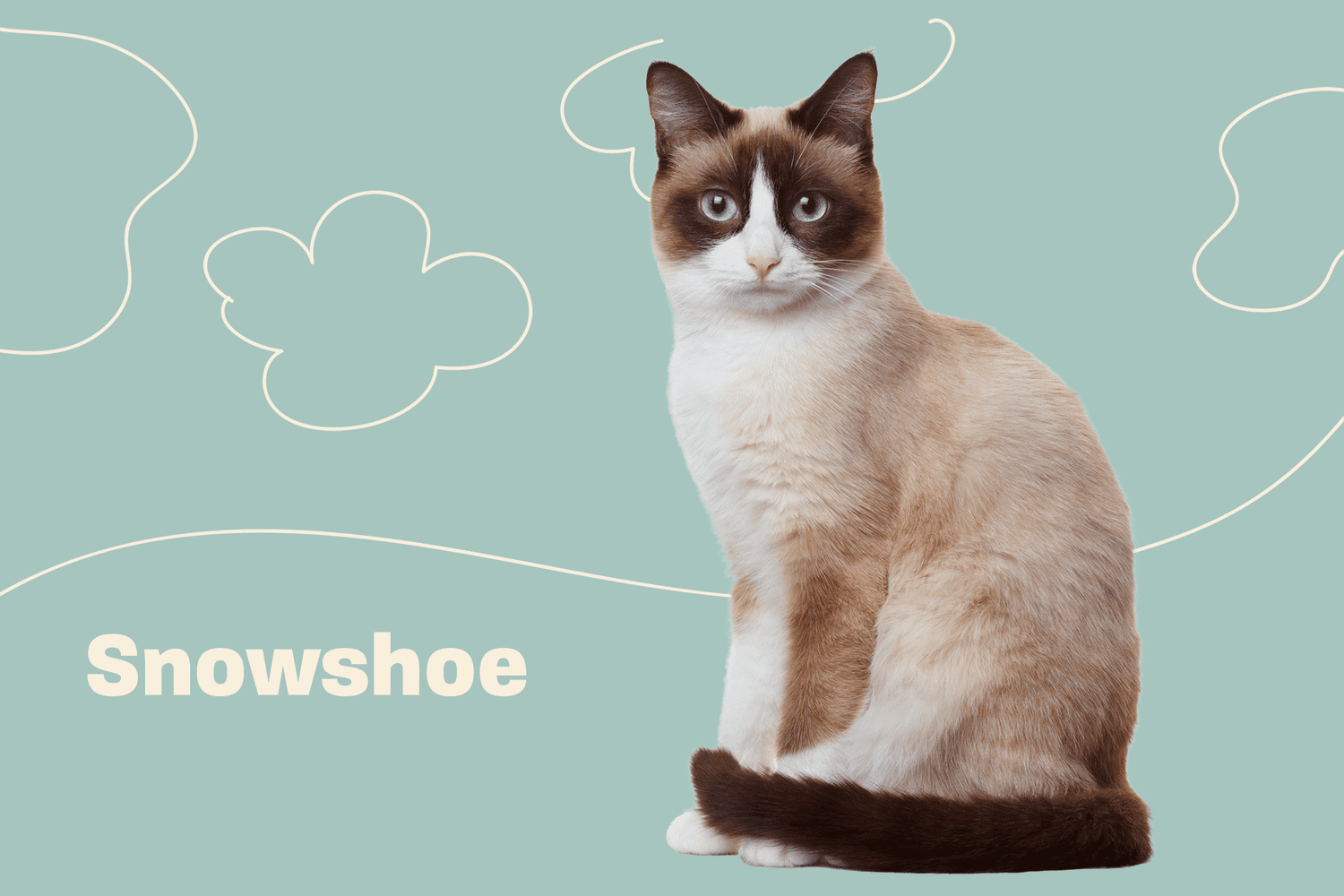The Complete Guide to Selkirk Rex Cats: Profile, Traits, Training, Care, Pros, Cons, and Price (2025 Edition)
Introduction The Selkirk Rex is a truly unique and charming cat breed known for its plush, curly coat and affectionate personality. Often described as a “cat in sheep’s clothing,” the Selkirk Rex stands out not only because of its appearance but also due to its calm demeanor and adaptability. This comprehensive guide will explore everything you need to know about the Selkirk Rex, including breed profile, physical and behavioral traits, training methods, care tips, how to choose the right kitten, the pros and cons, and current pricing information.
1. Breed Profile: Selkirk Rex Overview
| Feature | Details |
|---|---|
| Origin | United States (Montana, 1987) |
| Breed Type | Natural genetic mutation |
| Size | Medium to Large (6 to 16 lbs) |
| Lifespan | 12 to 15 years |
| Coat Type | Curly (short or long) |
| Temperament | Laid-back, loving, sociable |
| Good with Children | Yes |
| Good with Pets | Yes |
| Intelligence | High |
| Hypoallergenic | No |
The Selkirk Rex is the result of a natural genetic mutation discovered in a litter of shelter cats in Montana. The breed has been developed with contributions from Persians, British Shorthairs, and Exotic Shorthairs to stabilize its genetics and enhance its plush coat.
2. Physical Characteristics
- Coat: The defining feature of the Selkirk Rex is its soft, curly fur, which may be either long or short. Both varieties have a dense, woolly texture.
- Head & Face: Round head with full cheeks and large, expressive eyes.
- Body: Muscular and medium to large in build.
- Ears: Medium-sized and slightly rounded at the tips.
- Tail: Thick and full, often with curly fur.
- Eyes: Come in a variety of colors, often matching or complementing the coat.
Selkirk Rex kittens may appear wavy at birth, then lose some of the curls before regrowing them by the age of 8–10 months.
3. Personality and Temperament
Selkirk Rex cats are known for their balanced temperament. They tend to be:
- Affectionate: Enjoy being around humans, cuddly but not overly demanding.
- Sociable: Get along well with children, other cats, and even dogs.
- Playful: Enjoy interactive play and toys.
- Calm: Less prone to anxiety and aggression.
- Intelligent: Learn routines quickly and can be trained with positive reinforcement.
Their temperament makes them ideal for families, seniors, or apartment dwellers.
4. How to Choose a Selkirk Rex Kitten
When selecting a Selkirk Rex kitten, consider the following:
- Reputable Breeder: Always choose a breeder registered with a recognized cat association (CFA, TICA, etc.).
- Health Screening: Ensure the kitten has been tested for genetic conditions like polycystic kidney disease (PKD).
- Socialization: Look for kittens that are curious, playful, and accustomed to human interaction.
- Coat Check: Although curliness varies, the coat should be dense and soft.
- Pedigree & Parents: Ask to see the kitten’s parents to evaluate health and temperament.
Avoid breeders who cross two curly-coated Selkirks, as this can lead to genetic problems.
5. Care and Grooming Guide
a) Diet:
- Feed high-quality cat food rich in protein.
- Monitor portion sizes to prevent obesity.
- Provide clean, fresh water at all times.
b) Grooming:
- Brush 1-2 times per week (short-haired) or 2-3 times (long-haired).
- Use a wide-tooth comb to avoid pulling the curls.
- Do not overbrush as it can frizz the coat.
- Clean ears and trim nails regularly.
c) Health Care:
- Routine vet check-ups.
- Vaccinations and parasite prevention.
- Spay/neuter unless breeding responsibly.
- Monitor for signs of respiratory or kidney issues.
d) Environment:
- Provide scratching posts and safe climbing spaces.
- Keep them indoors or in a secure outdoor enclosure.
- Mental stimulation through toys and interaction.
6. Training and Behavior Management
Selkirk Rex cats respond well to training, especially when started early. Tips include:
- Litter Box Training: Usually quick learners. Keep box clean.
- Positive Reinforcement: Use treats and praise to encourage good behavior.
- Discourage Scratching Furniture: Provide scratching posts and redirect behavior gently.
- Teach Tricks: Can be taught simple commands like “sit,” “come,” or “high five.”
Because of their intelligence and calm nature, training sessions can be short and effective.
7. Pros and Cons of Owning a Selkirk Rex
Pros:
- Unique and adorable curly coat.
- Gentle and loving nature.
- Social and adaptable.
- Great with families and other pets.
- Low-shedding compared to other breeds.
Cons:
- Grooming needs to maintain curly coat.
- Not hypoallergenic.
- May inherit PKD or other health conditions if not bred responsibly.
- Costlier than average cat breeds.
8. Price and Ongoing Costs (2025 Estimates)
| Type | Price Range (USD) |
|---|---|
| Pet Quality Selkirk Rex | $800 – $1,500 |
| Show Quality | $1,500 – $2,500 |
| Breeding Rights | $2,500+ |
Annual Care Costs:
- Food and Treats: $300–$600
- Vet Visits and Vaccines: $150–$400
- Grooming Supplies: $50–$100
- Toys and Accessories: $100–$200
- Insurance (optional): $200–$400
Conclusion The Selkirk Rex is a perfect mix of charm, cuddles, and curls. Whether you’re an experienced cat owner or a first-timer, this breed’s sweet nature and unique look will win your heart. With proper care, a loving environment, and regular health check-ups, your Selkirk Rex can live a long, happy, and healthy life.




